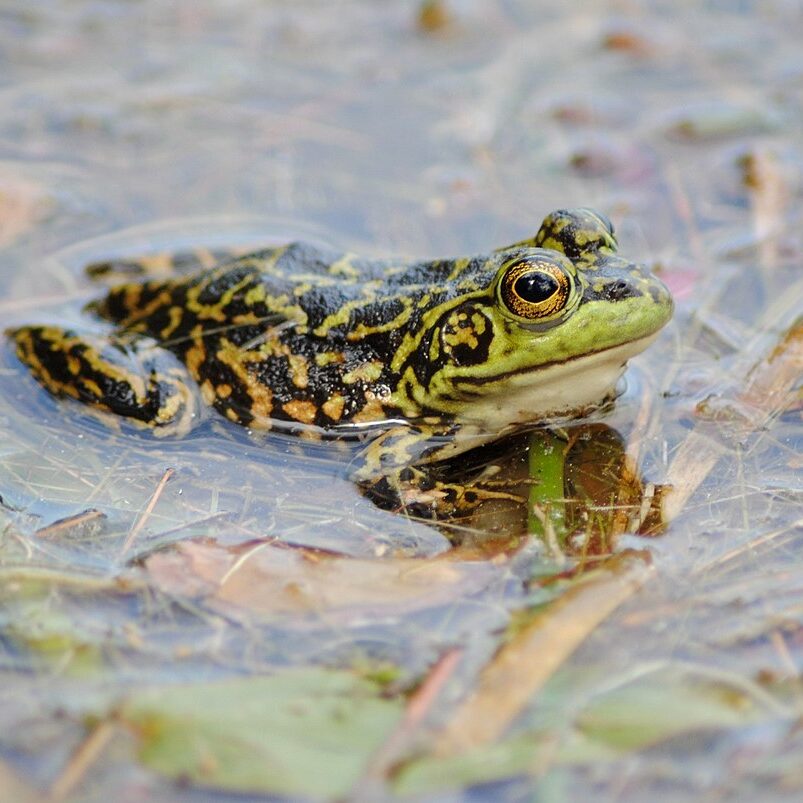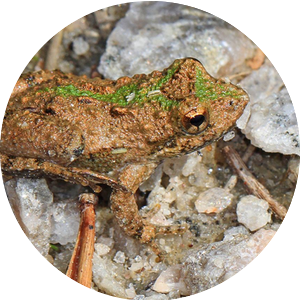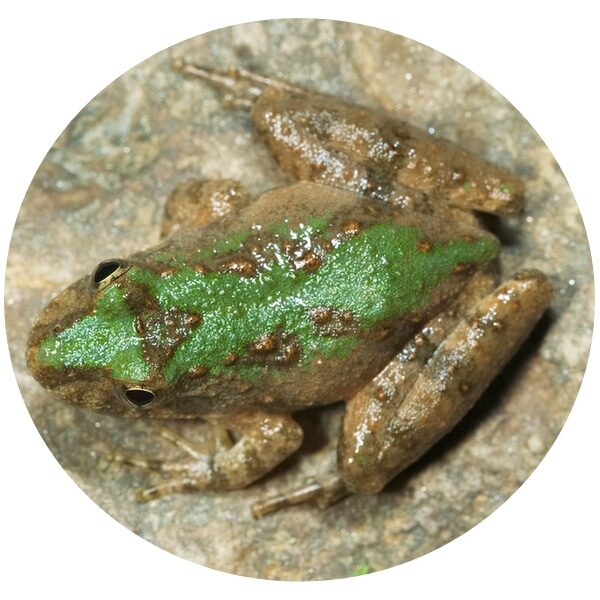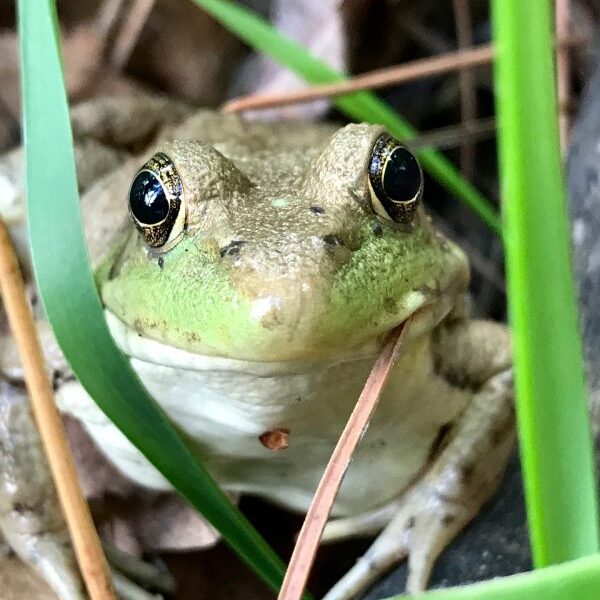explore
Amphibians

Water Relationships
These animals have evolved to be able to survive in and out of water for long periods of time (amphi means "both" in Greek; this group is able to live in both aquatic and terrestrial environments). Since amphibians are tied to moist or wet environments so they can breathe, they are dependent on the health of that ecosystem for their survival. Many are especially sensitive to water levels and water quality. These creatures also lay their eggs in water, so young amphibians start their life cycle as aquatic animals. In winter, amphibians hibernate in deep pools, partially buried in mud, or deep in the soil.
Riverbank and Shoreline Relationships
Amphibians rely on healthy vegetation on shorelines and riverbanks for shelter from predatory fish and land predators. If the riverbank or shoreline is eroded, then plants cannot grow there and amphibian habitat disappears.


Plant Relationships
Vegetation on the shoreline and river banks give frogs and salamanders shelter from predators. Young amphibians also rely on aquatic plants and algae for food until they become older and begin to eat other smaller animals.
Relationships with Other Animals
Adult amphibians are carnivorous, and will often eat smaller creatures like insects. Larger amphibian species can also eat other frogs, tadpoles, mice, and fish. In this way, they control pest insect populations and control the spread of insect-borne disease. Amphibians serve as both predator and prey, though, since many other animals (reptiles, birds, small mammals, and fish) depend on amphibians as a food source. If there is a change in the population size of an amphibian, both the amphibians’ prey and predator populations will be affected.


Weather Relationships
Amphibians are ectothermic, meaning they can't produce their own body heat and must rely on external sources like sunshine and shade to regulate their temperature. Because of this, they cannot remain active in colder temperatures. When temperatures decrease in winter, amphibians will go into hibernation either by burrowing underground or diving into the depths of pools and ponds. Amphibians also rely on shallower streams and marshes to move around, hunt, and hibernate. If major flooding occurs, shallower water might become deeper and force these animals to move to different habitat.
